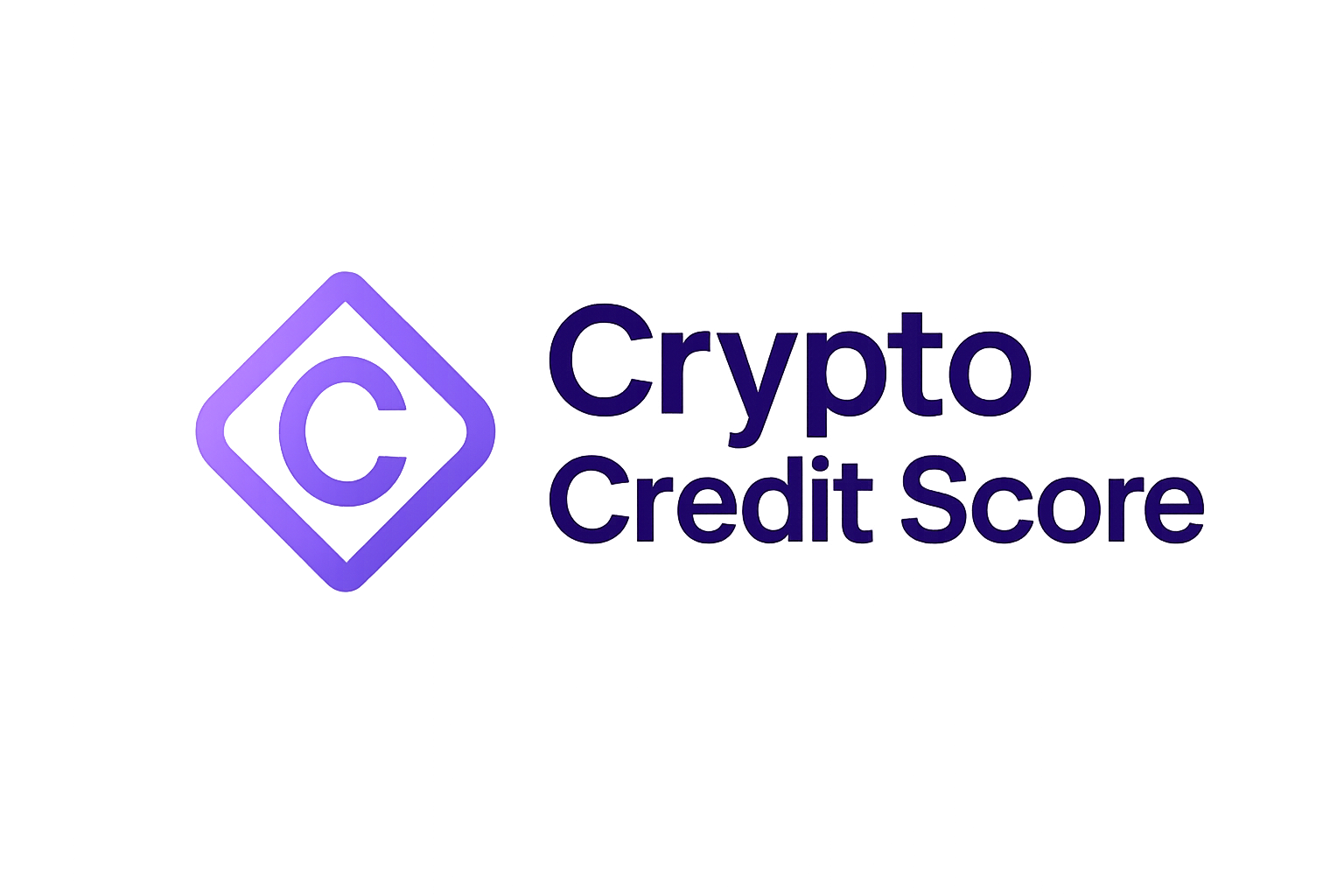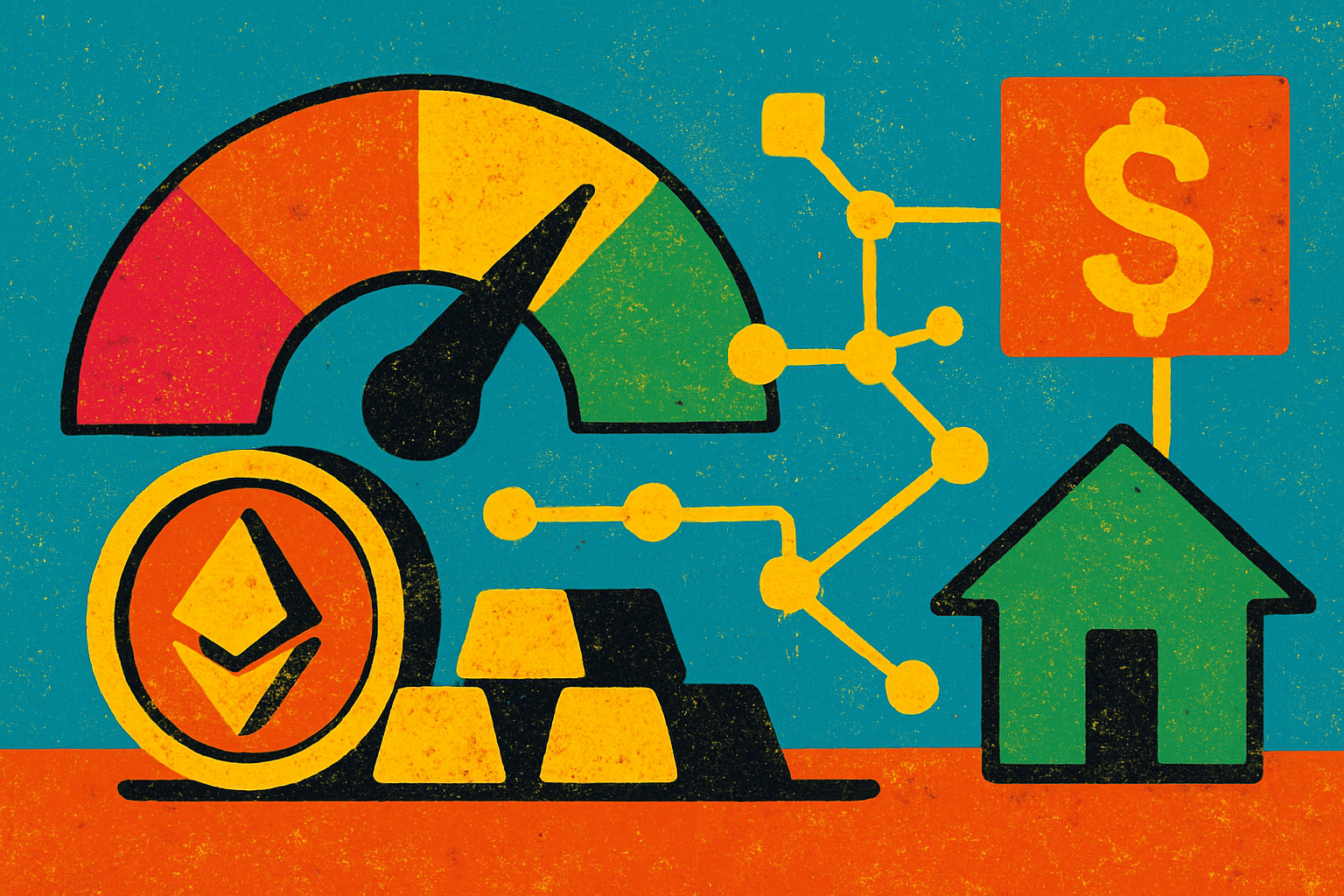
Decentralized finance (DeFi) has exploded into a multibillion-dollar ecosystem, yet its lending protocols are still shackled by one major inefficiency: the need for heavy over-collateralization. Borrowers must lock up assets worth far more than their loans, sidelining capital and stifling broader participation. Enter on-chain credit scores – a breakthrough that’s transforming how risk is assessed and managed in DeFi lending.
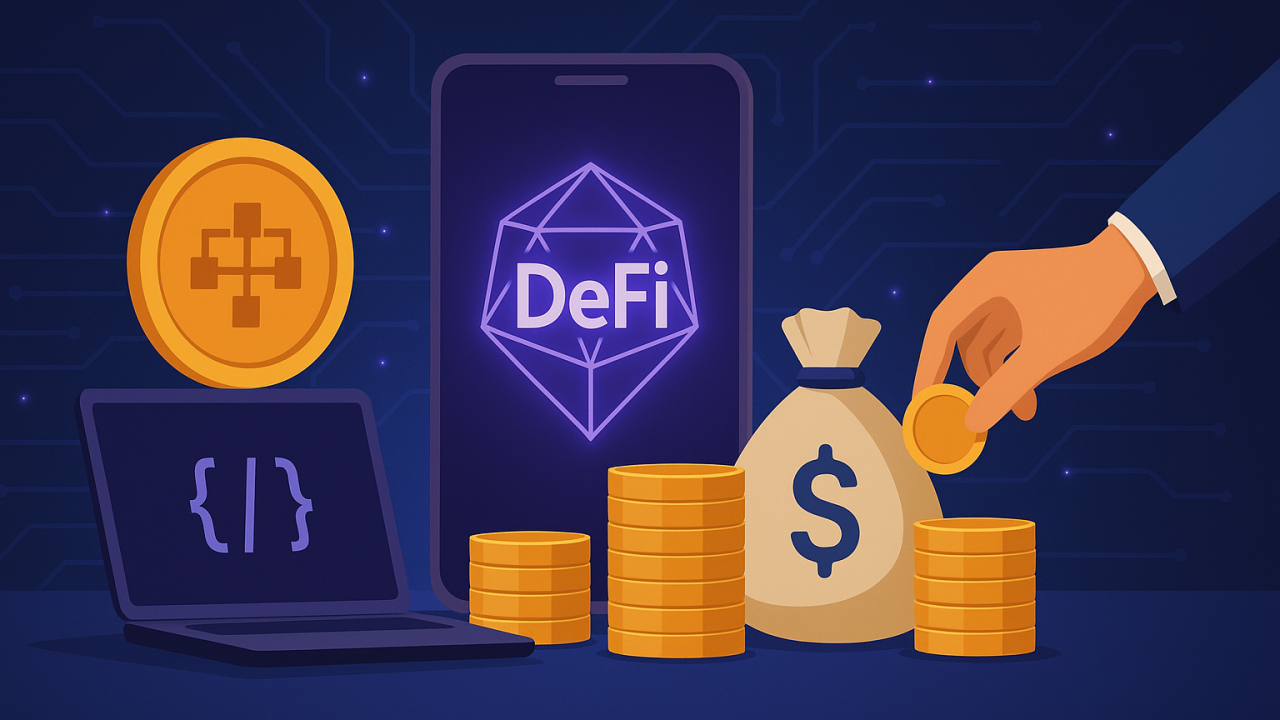
The Problem with Traditional DeFi Lending Risk Models
DeFi’s early risk management playbook was simple: if you don’t know your counterparty, demand excess collateral. This approach made sense when pseudonymity reigned and borrower identity was opaque. But it’s inherently capital-inefficient. Billions in crypto assets sit idle, locked up as security for loans that may never default. Meanwhile, millions of potential borrowers are priced out by high collateral requirements.
The root of the issue? Traditional DeFi protocols lack a mechanism to gauge individual borrower risk beyond wallet balances. There’s no equivalent to a FICO score or bank history, just raw collateral ratios. As a result, lenders can’t distinguish between trustworthy borrowers and risky newcomers.
How On-Chain Credit Scores Change the Game
On-chain credit scoring flips the script on risk assessment. Instead of relying solely on posted collateral, these systems analyze a user’s historical blockchain activity, including transaction patterns, repayment behavior, protocol interactions, and even governance participation. By crunching these data points with advanced analytics or machine learning models, platforms assign each wallet address a dynamic credit score.
This score isn’t just theoretical. It directly impacts lending terms: users with strong on-chain histories can access higher loan-to-value (LTV) ratios and lower collateral requirements. For the first time in crypto lending, reputation matters as much as raw capital.
The implications are seismic:
- Lenders can calibrate rates and terms based on real risk profiles, not just worst-case scenarios.
- Borrowers gain fairer access to capital and can unlock undercollateralized or even unsecured loans over time.
- The entire DeFi sector moves toward greater efficiency and inclusivity without sacrificing transparency or decentralization.
Pioneering Protocols: Who’s Leading the Charge?
A wave of innovative projects is racing to define this new landscape for blockchain credit scoring:
- Credora Network: Bridges traditional credit analysis with blockchain data to generate ratings that map to legacy agency scales. Its Consensus Ratings Protocol aggregates expert assessments for decentralized transparency.
- Reputation DAO: Marries off-chain identity data (think KYC/AML checks) with programmable smart contracts to build trustworthy Web3 credit scores, paving the way for compliant uncollateralized lending.
- ARCx: Issues “DeFi Passports” that track users’ on-chain behavior and reward good actors with reduced collateral requirements across partner protocols.
This multi-pronged approach is already reshaping how both lenders and borrowers interact within DeFi markets. For a deeper dive into how undercollateralized lending becomes possible thanks to these innovations, check out our guide: How On-Chain Risk Scores Enable Under-Collateralized Lending in DeFi.
As these models mature, the ripple effects are undeniable. Protocols can now differentiate between a proven borrower and a fresh wallet with no track record, allowing for precision-tuned lending markets. This isn’t just about unlocking capital – it’s about building trust, reducing systemic risk, and enabling a new class of financial products that were previously unimaginable in DeFi.
The Evolution of DeFi Risk Management
With on-chain credit scores in play, DeFi lending risk assessment is becoming radically more sophisticated. Instead of blunt, one-size-fits-all collateral rules, platforms can deploy nuanced risk-based frameworks. For example:
- Dynamic Interest Rates: Lenders can price loans according to real-time creditworthiness, rewarding responsible users with lower rates.
- Adaptive Collateralization: Borrowers with robust on-chain histories may qualify for higher LTV ratios or even partially unsecured loans.
- Automated Liquidation Thresholds: Smart contracts can adjust parameters based on evolving risk scores, boosting protocol resilience during market volatility.
This is a massive leap from the early days of DeFi, where risk was binary and opportunity was limited by inflexible design. Today’s decentralized credit bureaus are not only making lending safer – they’re making it smarter and more inclusive.
Challenges Ahead: Privacy, Sybil Attacks and Data Integrity
No revolution comes without hurdles. On-chain credit scoring systems must walk a tightrope between transparency and privacy. While all blockchain data is public by default, linking addresses to real-world identities or aggregating sensitive behavioral data raises serious privacy questions. Protocols like Reputation DAO are experimenting with zero-knowledge proofs and cryptographic techniques to keep user data secure while still enabling robust scoring.
Then there’s the threat of Sybil attacks: malicious actors spinning up multiple wallets to game the system or reset their reputation after defaults. Advanced analytics and anti-Sybil mechanisms (such as social graph analysis or proof-of-personhood) are essential to maintaining score integrity across the ecosystem.
Key Benefits of On-Chain Credit Scoring in DeFi Lending
-

Enhanced Capital Efficiency: On-chain credit scores enable lending platforms to offer higher loan-to-value (LTV) ratios and lower collateral requirements to borrowers with strong credit histories, freeing up more capital for both lenders and borrowers.
-
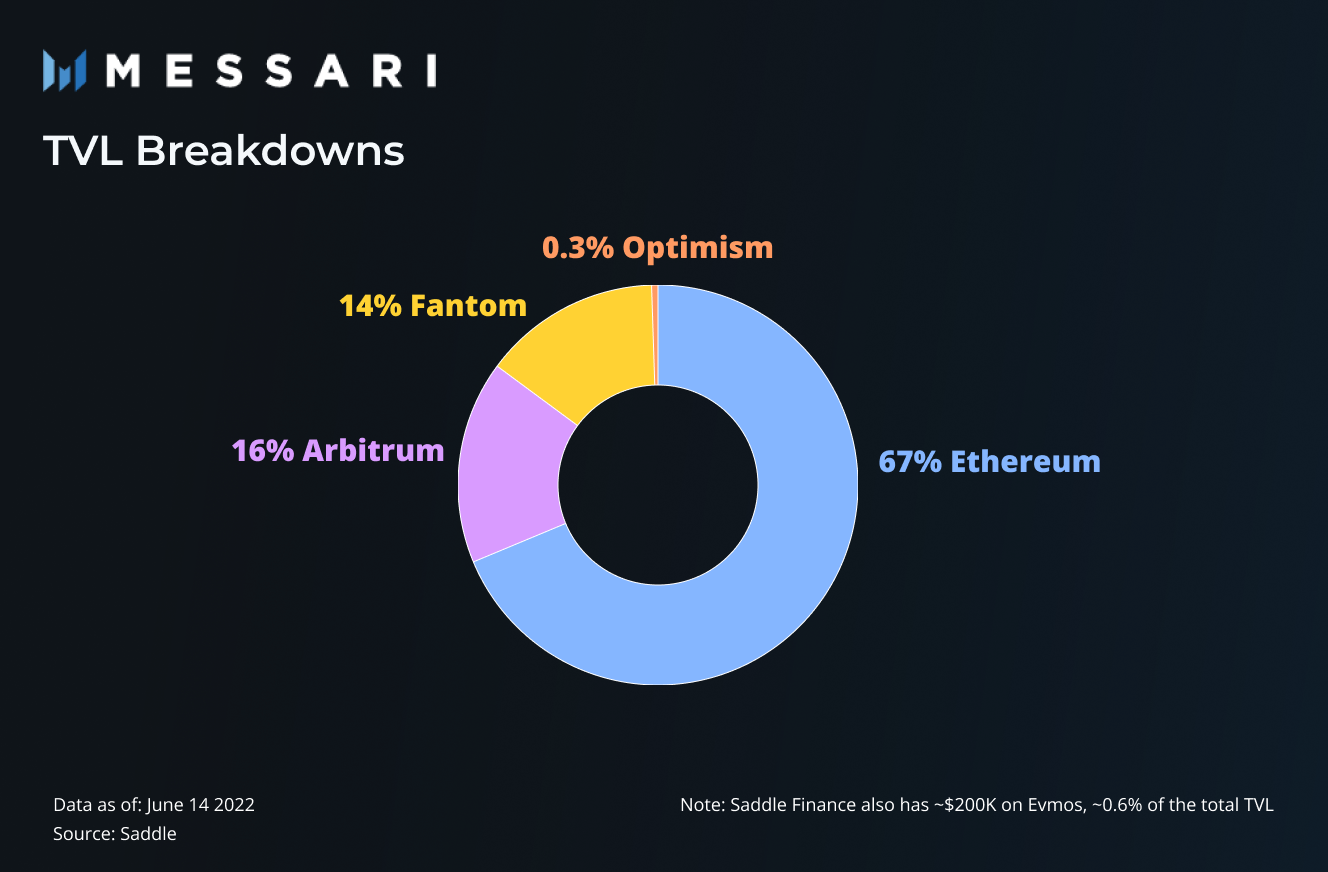
Personalized Loan Terms: Platforms like ARCx DeFi Passport use on-chain behavior to assign credit scores, allowing for dynamic interest rates and tailored collateral rates based on individual risk profiles.
-
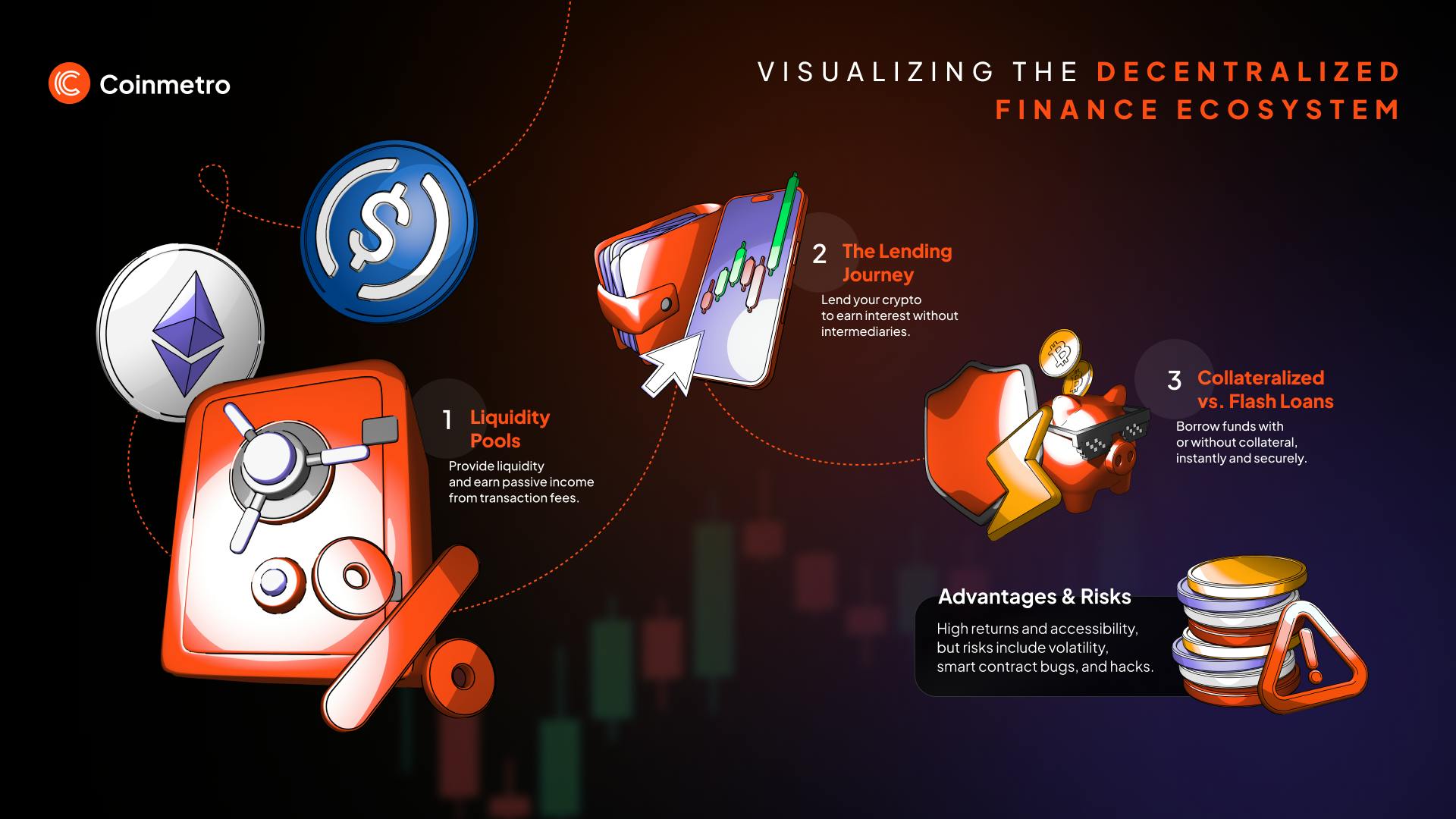
Broader Financial Access: By reducing the need for over-collateralization, on-chain credit scoring opens DeFi lending to a wider range of users who may not have large crypto holdings but demonstrate responsible on-chain activity.
-

Transparent and Decentralized Risk Assessment: Solutions like Credora Network aggregate risk ratings from multiple sources, ensuring greater transparency and trust in credit evaluations.
-
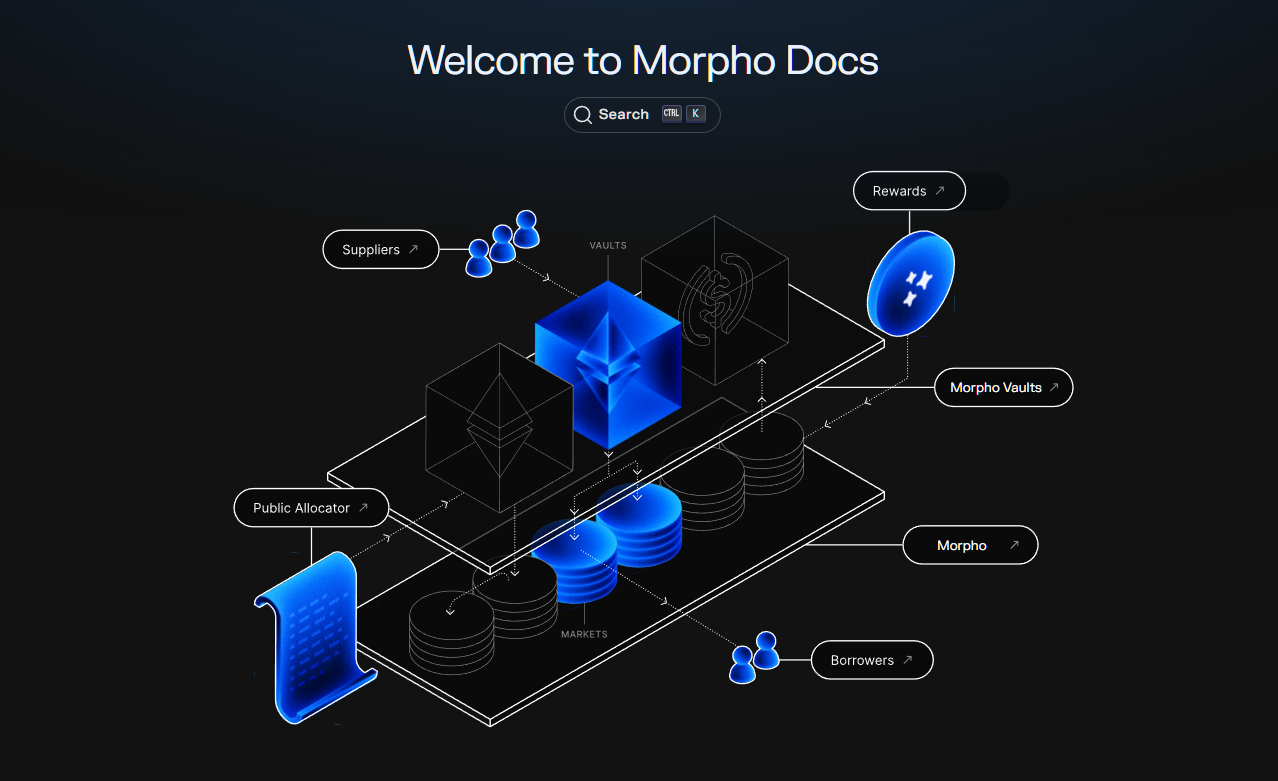
Potential for Unsecured Lending: Protocols such as Reputation DAO integrate off-chain data and on-chain identities, paving the way for unsecured or under-collateralized loans in DeFi.
-
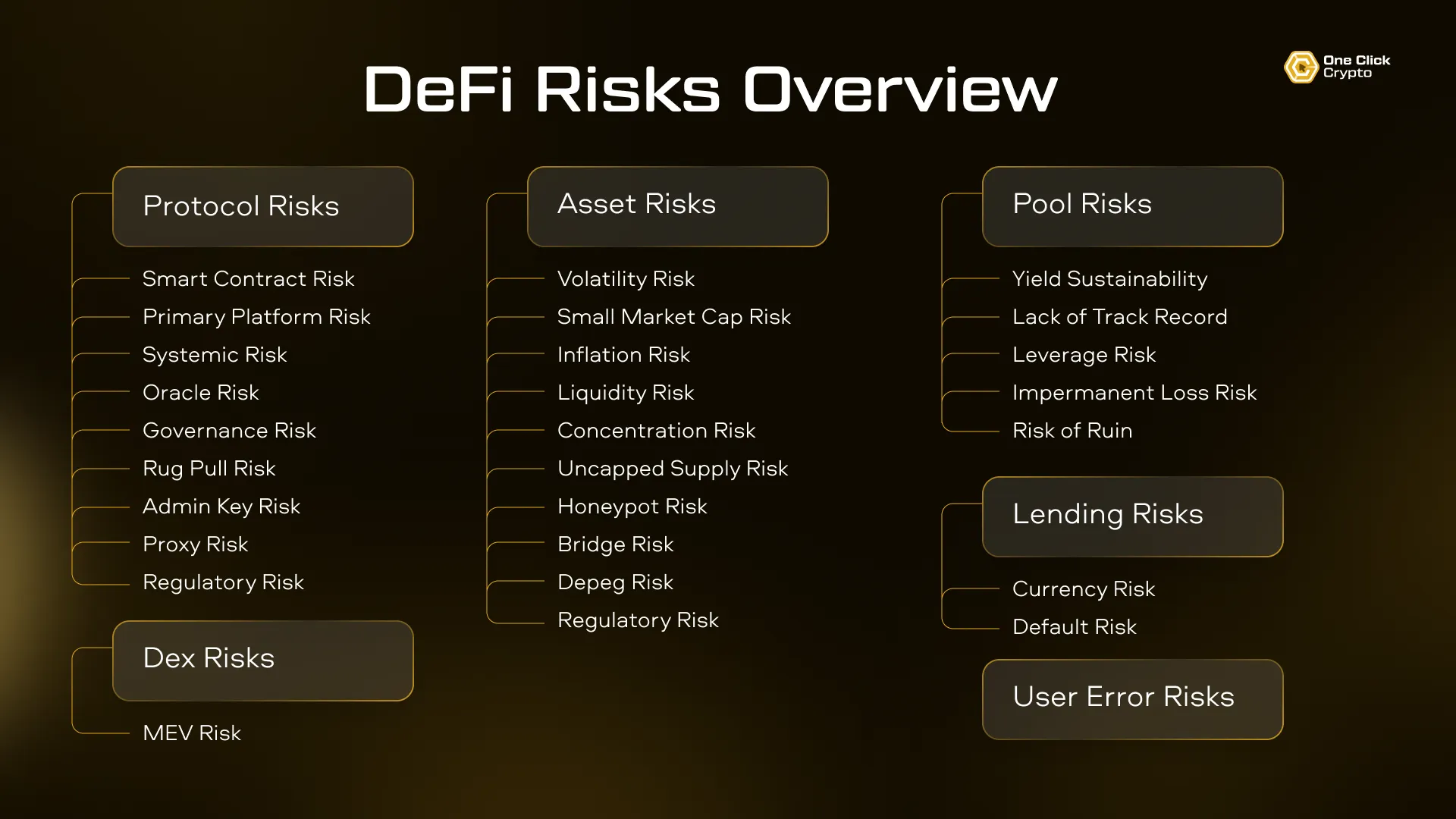
Reduced Default Risk for Lenders: With more accurate, data-driven credit scores, lenders can better assess borrower risk and allocate capital more efficiently, minimizing exposure to defaults.
What’s Next? The Road to Trillions in On-Chain Lending
The endgame is clear: a frictionless global lending market where anyone with an internet connection can access fair credit based on their real economic behavior. As major protocols adopt on-chain credit scores at scale, we’ll see capital efficiency soar and barriers fall for millions of users previously locked out by rigid collateral rules.
This transformation will not only attract institutional capital but also catalyze entirely new financial primitives – from reputation-based stablecoins to composable undercollateralized lending pools. The decentralized economy will finally have its answer to traditional credit bureaus: transparent, programmable, and open to all.
If you want to explore more about how these advances enable under-collateralized crypto loans while managing risk transparently, read our detailed breakdown here: How On-Chain Risk Scores Enable Under-Collateralized Crypto Lending.
